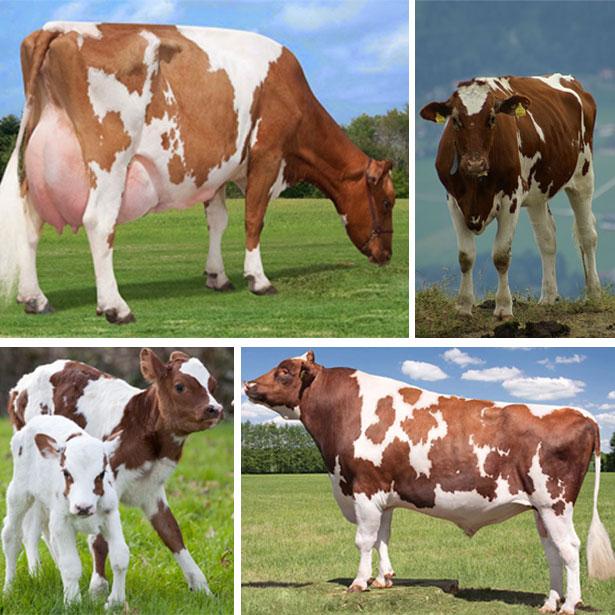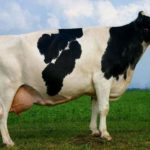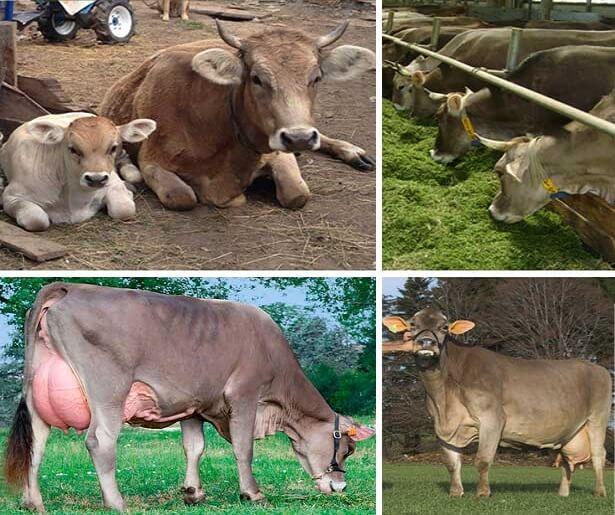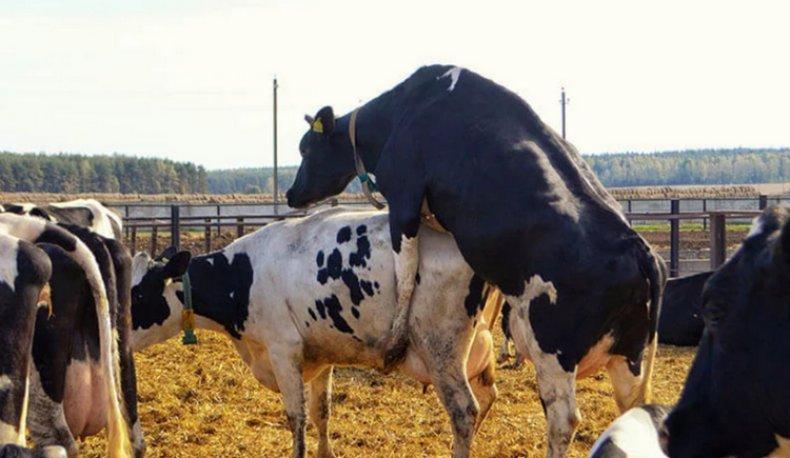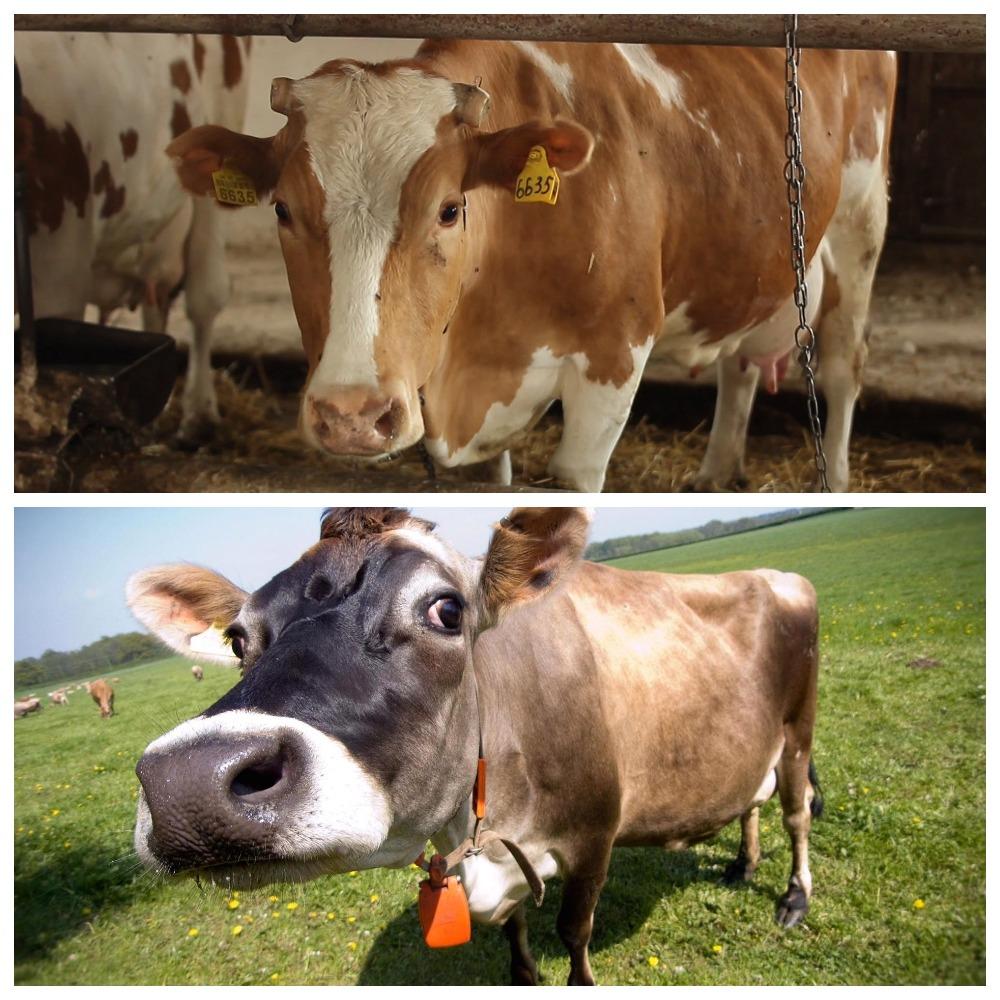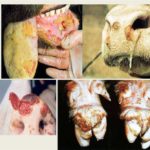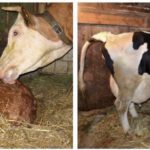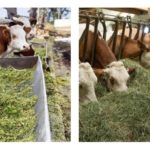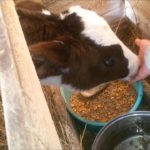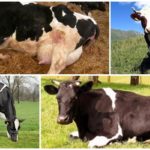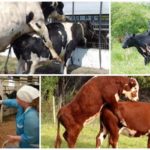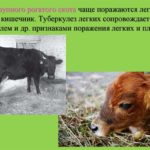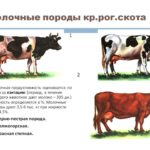Yalovaya or not pregnant cow - an animal that is not fertilized after mating. In such a case, we can talk about infertility. Barrenness is always a problem. Prevention of infertility begins with identifying the causes that led to disruption of the reproductive function of cattle. All unfavorable factors must be eliminated. In some cases, barnacle can be treated.
What does barn cow mean?
An animal like a cow is kept for milk.Cattle begin to milk after each calving. The lactation period lasts about a year. To prolong lactation, the animal is again inseminated in the period 60-90 days after calving. If a cow loses the ability to fertilize, then it is called barren.
Subsequently, such an animal’s milk production decreases and completely stops. If the female does not cover herself, that is, for some reason she loses the ability to reproduce due to impaired reproductive function, then she is treated or sent to slaughter. In this case, cattle infertility occurs. The following animals are considered barnyard:
- cows in which fertile insemination does not occur within 3 months after the last calving;
- heifers that have not been fertilized, starting from the 30th day after young animals reach breeding age.
After calving, sexual heat (readiness for insemination) in females occurs after 21-28 days. They need to be fertilized during this period or after 18-24 days. The animal comes to hunt every month. If a cow is inseminated, but the female does not become pregnant, then she is considered barren. Infertility (depending on a number of reasons) can be temporary or permanent. The concept of barrenness applies exclusively to breeding stock of cattle.
Signs of barrenness
The main signs of non-pregnancy (barrenness):
- absence of sexual estrus for a long time;
- the presence of the fact of hunting, but the absence of fruitful insemination;
- the presence of several unsuccessful artificial or natural inseminations.
If a cow is not inseminated after natural mating, then we can talk about her barrenness. You can recognize that a female is not fertilized after insemination by her reaction to the bull. If she is in heat 20-30 days after mating, then she is infertile.A pregnant, that is, fertilized cow, as a rule, behaves calmly and does not let the bull near.
Barrenness can also be recognized by the animal's fur. In a pregnant female it is smooth and silky. The cow's fur sticks out like the spines of a hedgehog. On the 40th day after mating, you can test for pregnancy using freshly milked milk. It should sit for 30 minutes before testing. The test is carried out as follows: drop a few drops into a glass of boiled and cooled (up to 42 degrees Celsius) water. The milk of a pregnant (fertilized) female will settle to the bottom in wavy circles. Yalovaya, on the contrary, will dissolve in water.
A female's barrenness or pregnancy can be more accurately determined 2-3 months after insemination using a rectal examination. With this method, the veterinarian probes the uterus through the rectum. Barrenness can also be detected 19-21 days after mating by analyzing the progesterone content in milk. Low concentrations of this hormone indicate non-pregnancy.
Main reasons
There are a number of reasons leading to infertility in pets. Before treating cattle, unfavorable factors must be eliminated. Barrenness in some cases occurs due to human fault, that is, due to improper maintenance and feeding of domestic animals.
Cow maintenance
Living conditions that do not meet sanitary requirements affect the health of cows in general and their reproductive function in particular. Infertility occurs if the barn is cold, damp, dark, dirty, and the animal does not walk in the fresh air.
Poor nutrition
The main cause of barrenness is considered to be poor quality and inadequate nutrition of cattle. The decrease in the reproductive function of females is affected by rare feeding, that is, keeping them in a state of hunger for a long time. In winter, there is often a serious lack of vitamins (A, D, E) and minerals in feed. This can also be a cause or prerequisite for infertility.
Barrenness is also affected by the not entirely correct structure of the diet, that is, a deficiency of hay and an excess of silage, mixed feed, and grain.
Inadequate feeding subsequently leads to disruption of sexual cycles, as well as to ovarian atrophy and lack of ovulation. A significant lack of essential amino acids and too low levels of protein in feed cause a decrease in hormonal activity, as well as metabolic disorders.
Insemination errors
Barrenness can be caused by premature insemination of young females before the onset of puberty. It is advisable to cover cattle after 12 months. The fact is that with poor nutrition, puberty in heifers occurs later than expected. Young animals that have managed to gain 350 kg of weight are allowed to mate.
The lack of pregnancy is affected by an incorrectly chosen period of fertilization, that is, untimely detection of sexual heat. It is important to remember that insemination may not occur not only due to the fault of the cows, but also due to the use of bulls with low fertilizing ability. True, with artificial insemination, barrenness is possible due to poor quality of sperm resulting from improper storage.
Diseases and abnormalities of the reproductive system
During a vital period of embryonic development, animals may experience abnormalities of the genital organs.Subsequently, this pathology leads to infantilism in young heifers, that is, to underdevelopment of the uterus, ovarian hypoplasia, and lack of regular sexual cycles.
Freemartinism can also be observed in cows. This is infertility due to underdevelopment of the vagina and cervix with normal functioning of the ovaries. In rare cases, hermaphroditism is possible (the presence of sexual characteristics of both a female and a male in cattle). Hermaphrodites are always infertile. The occurrence of barrenness is influenced by inflammatory processes in the genital organs of cattle, including those caused by injuries during insemination, as well as the immune reaction of the cow’s body to foreign sperm proteins.
Is it possible to cure cattle infertility?
Genetically caused barrenness cannot be treated. If the cause of infertility is improper maintenance, feeding or infectious diseases, then such problems can be corrected. Animals need to be provided with proper care and quality food.
Diseases of the genital organs are treated with medications prescribed by a veterinarian, that is, a specialist who graduated from a veterinary university.
Prevention measures
Preventive measures to prevent barnage should be based on proper maintenance and adequate feeding of cows. The health of animals and their reproductive function depend on feed and care. It is especially important to pay increased attention to feeding cows in winter. In winter, cattle must be given hay, root vegetables, some grain, as well as pharmaceutical vitamins and minerals.
Is it possible to milk a non-pregnant cow?
After calving, the female begins to produce milk. Moreover, its amount increases up to 6 months, and then sharply decreases. To prolong lactation, the female is covered. At the 7th month of pregnancy, she is started, that is, they stop milking.
It can be difficult to milk a previously milked cow that turns out not to be pregnant. Experts advise inseminating the female again and waiting for calving. It is impossible to milk a young heifer that has never been pregnant or given birth to a calf. Milk begins to be produced only after calving.

